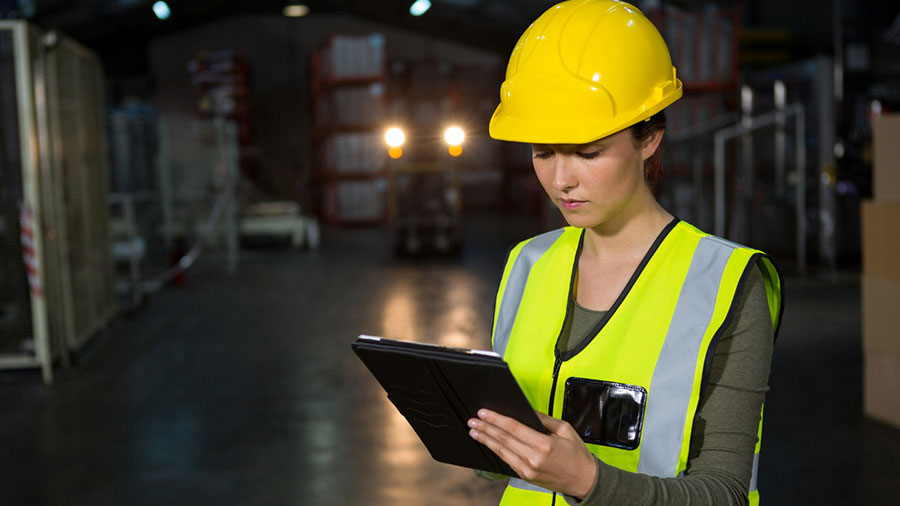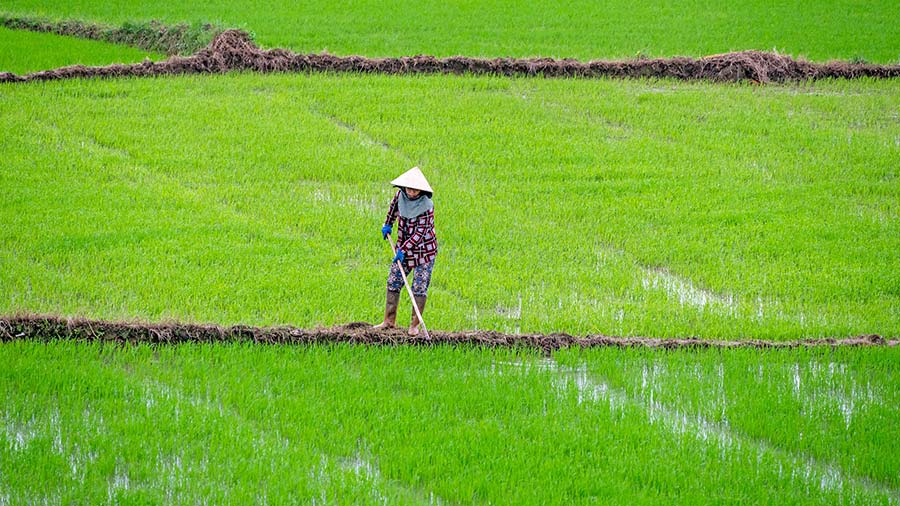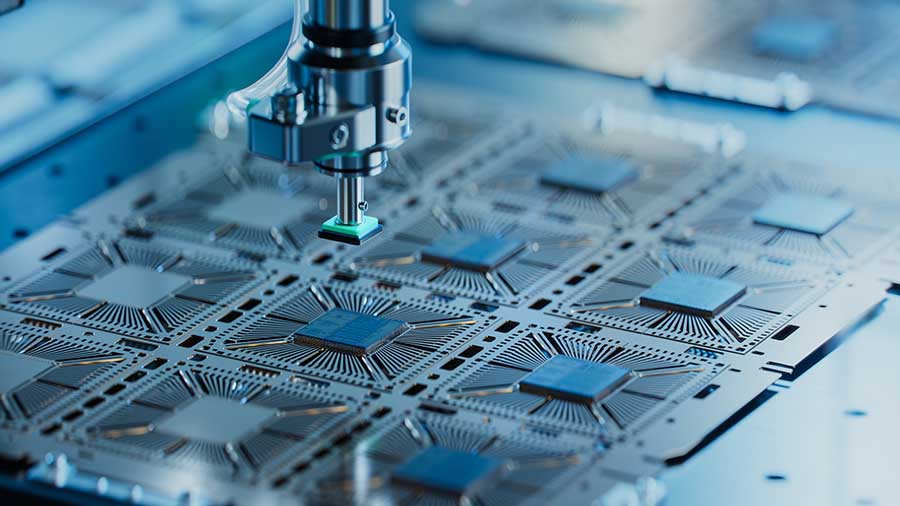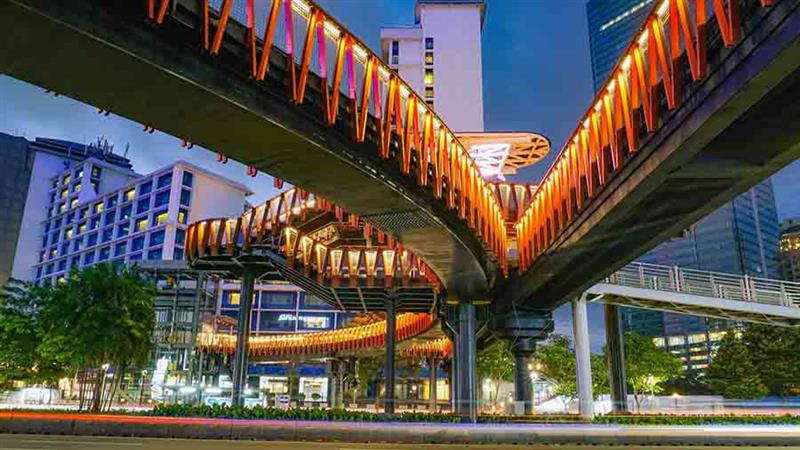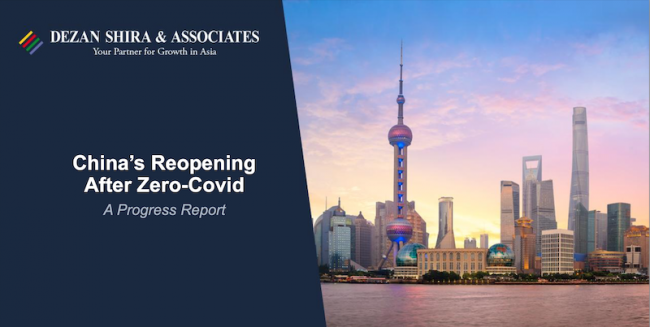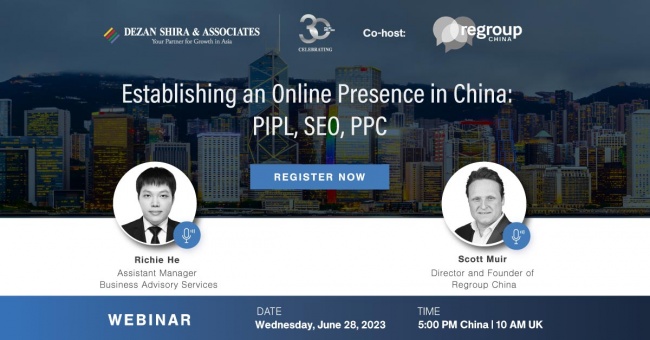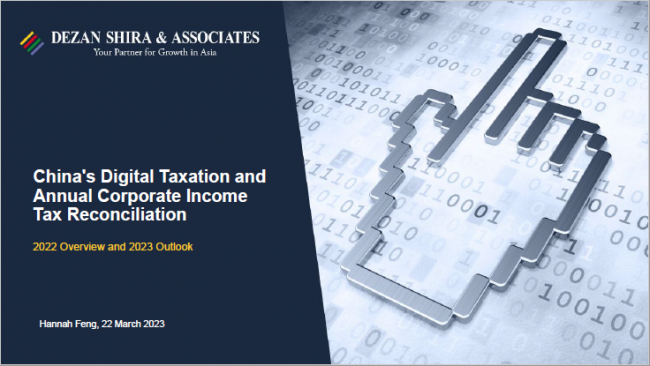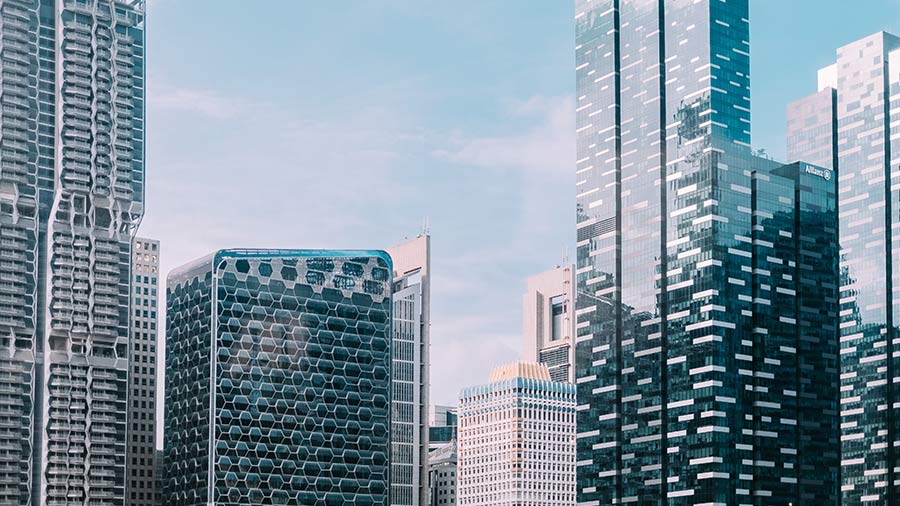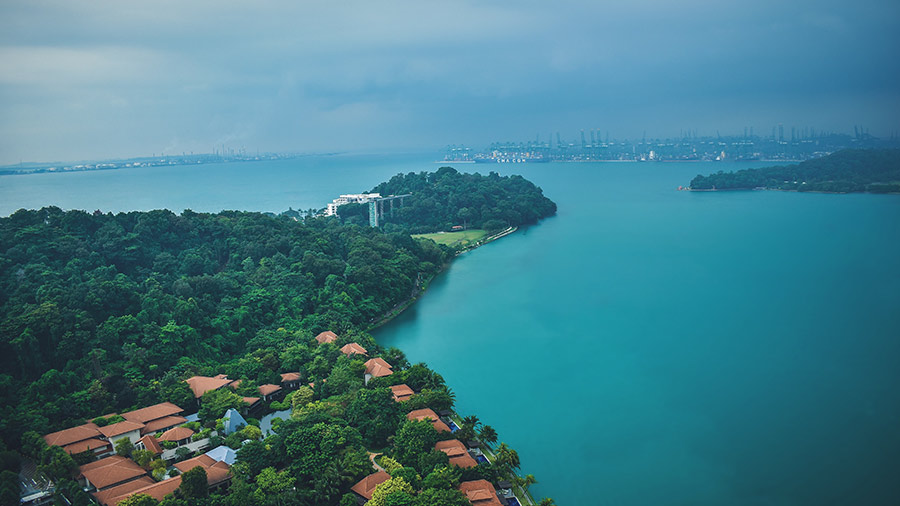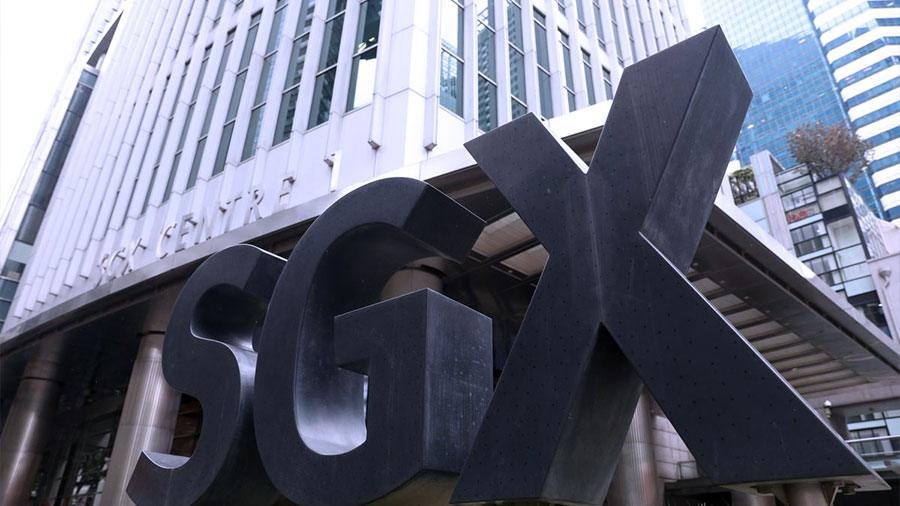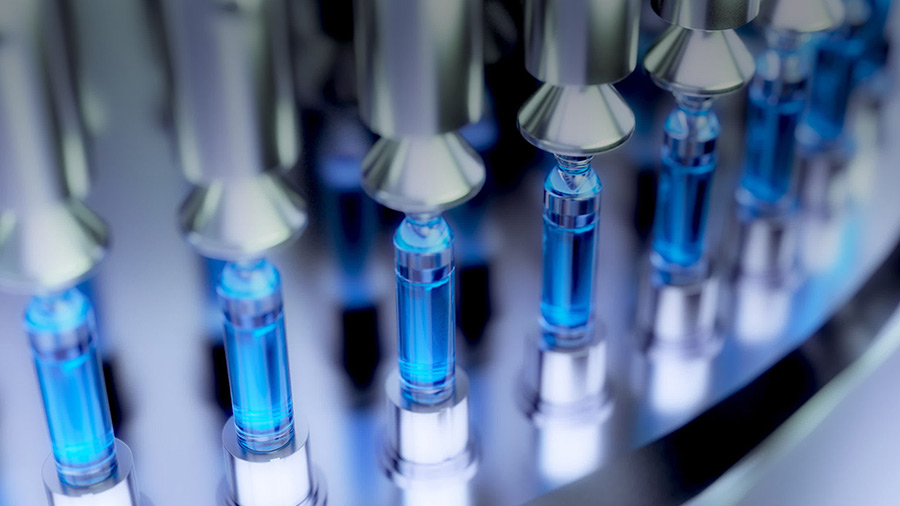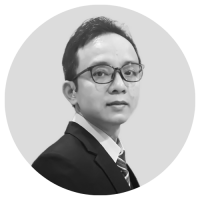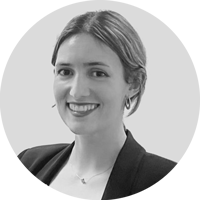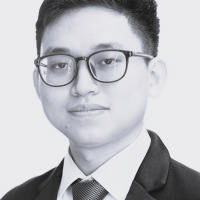Singapore’s healthcare sector is considered one of the best in the world, providing some of the most advanced healthcare services. This is attributed to strong regulatory governance, a cost-sharing system between the private and public sectors, and contributions from medical saving accounts.
The industry continues to attract major international investors, enticed by the country’s deep base of skilled talents, pro-business environment, infrastructure, and thriving research and development landscape.
Singapore’s healthcare industry is recognized as among the best in the world, due to a combination of factors – strong regulatory governance, contributions from medical saving accounts, and a cost-sharing system between the private and public sectors.
The government’s key strategies have been to transform the healthcare sector through IT-enabled systems, strong clinical research, improving long-term care, and moving towards sophisticated care.
Singapore thus serves as a showcase for new medical technology and healthcare delivery, attracting more than 500,000 medical tourists annually who account for just under four percent of overall tourism receipts (US$1 billion – Interestingly, 60 percent of these were Indonesian patients.
Foreign investors can use Singapore as a base to expand into the ever-developing healthcare markets in ASEAN. The country’s close proximity to the other members of the bloc as well as its transparent business environment and ease of doing business are just some of the factors that have convinced major healthcare providers, such as Siemens and Medtronics, to establish their regional HQs in Singapore.
Singapore’s success story
According to market insights firm Fitch Solutions, Singapore’s healthcare market is expected to grow to US$49.4 billion by 2029, and healthcare spending is expected to reach nine percent of GDP by the same year.
Further, more Singaporeans are using healthcare services, given its ageing population – 26.6 percent of the country’s population will be over the age of 65 in 2035.
Singapore, however, still spends less of its economy on healthcare than other major economies, such as the United States, which spends on average 17 percent of GDP (US$3.6 trillion) on healthcare annually. And yet, life expectancy at birth in Singapore is higher by two or three years compared to the UK and its infant mortality rates are among the lowest in the world, approximately half of that of Canada, the UK, and France.
Overview of Singapore’s universal healthcare system
Singapore’s universal healthcare program is funded by a multipayer system, comprising of tax revenues – which cover only one-fourth of the total healthcare costs – and payments from individuals and their employers through mandated life insurance schemes and deductions made to the compulsory savings plan, the Central Provident Fund.
The healthcare system is centered around three programs, also known as the 3Ms:
MediSave – Singaporean citizens and permanent residents are obligated to contribute between eight to 10.5 percent of their monthly salary to their personal MediSave account. This can then be used to pay for the individual’s and their dependent’s medical bills. The dependent must also be a Singaporean citizen or a permanent resident to qualify.
MediShield Life – This is another mandatory healthcare program that provides basic protection for citizens and permanent residents. Medical treatments under this scheme are most suitable in public hospital B2 or C wards. If an individual wants to use a B1 or above ward in a public hospital, then they will need to pay a larger portion of the bill themselves.
For each person, they will receive an annual claim limit of S$100,000 (US$72,800) per year and there is no lifetime limit.
Medifund – The Medifund scheme is an endowment fund established by the government and serves as a safety net for citizens and permanent resident holders if they do not have enough funds in their MediSave and MediShield Life accounts.
Patients can get medical bills subsidized if they are treated at public hospitals with wards that have fewer amenities. Patients, for instance, that are admitted to C-class wards (a room with eight beds) can get a subsidy of up to 80 percent of their medical bills.
Pharmaceutical and biomedical industries: Leading drivers of economic growth
Singapore’s pharmaceutical and biomedical sectors are fast-becoming leading drivers of economic growth not only for the country’s healthcare industry but also for its manufacturing sector.
The country’s deep base of skilled talents, pro-business environment, infrastructure, and thriving research and development landscape has attracted some of the largest pharma firms in the world. This has resulted in Singapore being one of the few countries that are able to export more pharmaceutical products (approx. US$369 billion in 2020) than it imports (US$8.92 billion in 2020).
There are currently more than 50 manufacturing facilities in the country, with eight of the world’s ten largest pharmaceutical firms owning plants in Singapore. Some of the major players include Abbott, GlaxoSmithKline, Novartis, and Pfizer, who account for more than 40 percent of Singapore’s regional market.
Since the onset of the COVID-19 pandemic, there has been an increase in demand for emergency and intensive-care use drugs, such as antibiotics and anesthesia products, with Europe, the US, and Japan being the largest export markets for Singapore.
Research and development
Singapore’s multidisciplinary and interdisciplinary approach has made the country a hub for biomedical research and development (R&D) in Asia with employment in the biomedical sector doubling in the past decade (more than 24,000 people in 2019 or 20 percent of the manufacturing sector).
The country has been able to draw internationally renowned scientists as well as foreign students. The National University of Singapore (NUS) and Nanyang Technological University (NTU) are consistently ranked among the world’s top universities.
The government pledged some S$19 billion (US$13 billion) for research and innovation for the 2016-2020 period, which includes S$13.5 billion (US$9.8 billion) for science and technology.
There are currently over 50 Singapore-incorporated companies in the field of biomedical sciences R&D, that frequently collaborate with local and international research institutes. The R&D industry has thus the immense potential for rapid growth and foreign investment.
The city-state’s biomedical research centers include:
- Singapore Institute for Clinical Sciences;
- Institute of Bioengineering & Nanotechnology;
- Institute of Molecular and Cell Biology;
- Institute of Bioengineering & Nanotechnology;
- Genome Institute of Singapore; and
- Bioinformatics Institute.
Vaccination production
Singapore has also the potential to be a major vaccine production hub in the region.
German biotechnology company BioNTech, which developed the COVID-19 vaccine —BNT162b2 — with American pharmaceutical firm Pfizer, has stated its intention to establish its Asia-Pacific regional headquarters in Singapore, where it will also set up an mRNA manufacturing facility.
The facility is expected to produce hundreds of millions of mRNA vaccine doses per year. Construction is set to be completed in 2023 and will be the company's first manufacturing plant outside of Europe and North America. Further, the plant can help build a rapid-response production capable of tackling the threat of future pandemic threats in the Asia-Pacific region.
In addition to BioNTech, French pharmaceutical giant Sanofi announced in April 2021 that it was investing 400 million Euros (US$474 million) over five years to build a vaccine production center in Singapore.
Medical devices
Singapore’s medical devices industry is expected to be worth US$1.3 billion by 2022 due to increasing government spending, an ageing local population, as well as demand from the region.
More than 60 multinational medical technology (medtech) companies leverage the country’s strong engineering capabilities and high-quality assurance to manufacture high-value products, ranging from life science instruments to contact lenses. In addition, some 60 percent of the world’s microarrays and one-third of the world’s mass spectrometers are manufactured in Singapore.
Investors are attracted by Singapore’s strong base for research and innovation that help medtech firms in designing new business models in healthcare, such as the use of big data to provide better patient-centric care. This, in turn, provides medtech companies with the capabilities to export their products or services to go-to-markets in ASEAN as well as Asia.
Another advantageous factor for international investors is its intellectual property laws, which are among the strongest in Asia.
The Intellectual Property Office of Singapore (IPOS), a government agency under the Ministry of Law, launched the world’s first trademark registration mobile app in 2019, reducing the time to file a trademark by 80 percent. Moreover, the agency also launched the SG Patent Fast Track Program in May 2020, which aims to approve patent applications in as quickly as six months.
Registering medical devices in Singapore
Medical devices in Singapore are regulated by the Health Sciences Authority (HSA), a statutory board under the country's Ministry of Health that is responsible for the regulation of health products.
There is a specific evaluation route for medical device registrations: The evaluation route depends on:
- The risk classification of the device;
- The prior approvals provided by any overseas reference regulatory agencies; and
- The duration of safe marketing for the device.
The HSA has a general risk classification system that all medical devices fall under.
|
Risk class |
Risk level |
Medical device examples |
|
A |
Low risk |
Wheelchairs |
|
B |
Low to moderate risk |
Hypodermic needles |
|
C |
Moderate to high risk |
Ventilators |
|
D |
High risk |
Heart valves |
Several factors affect the risk classification of the medical device. These are:
- The degree of invasiveness;
- Duration in the body;
- Local versus systemic effects (e.g. conventional versus absorbable sutures).
- Does the medical device deliver medicinal products or energy to the patient?; or
- Does the medical device have a biological effect on the patient?
If two or more of the mentioned classification rules apply to the medical device then they are assigned the highest classification class.
Class A
Class A medical devices do not require to be registered. However, the business must complete the Class A exemption list during its application process.
Class B, C, and D
Class B, C, and D medical devices are required to be registered with the HSA, especially those that do not have prior approval from any overseas reference regulatory agencies. There are several evaluation routes businesses can use, depending on the medical device.
|
Evaluation routes |
Conditions |
|
Full |
No prior approval from overseas reference regulatory agencies |
|
Abridged |
Approval by at least one overseas reference regulatory agency recognized by HSA |
|
Expedited routes:
· Class C registration (ECR) · Class D registration (EDR) |
ECR-1:
ECR-2/EDR:
|
|
Immediate Class B Registration (IBR) |
Condition 1:
Condition 2:
|
|
Immediate routes, solely for standalone medical mobile applications:
|
|
Source: HSA.gov.sg
Medical tourism
Before the pandemic, Singapore attracted some 500,000 medical tourists annually who contribute more than US$1 billion to the economy. Approximately 60 percent of these visitors are from Indonesia.
The country, however, is struggling to hold on to its market share as Malaysia and Thailand offer cheaper healthcare services. Bypass surgery in Malaysia costs an average of US$14,000 compared to the average of US$23,000 in Singapore. There is also a heavier cost burden on the city-state’s healthcare providers that is transferred to patients as the wages of doctors and nurses are the highest in ASEAN.
Despite facing increasing competition, Singapore will continue to be the preferred destination in specialized areas of medicine such as oncology, organ transplants, orthopedics, cardiology, and neurology, among others. In addition, many healthcare providers have sought to diversify their operations in recent years by investing in their presence overseas, in particular, the large market of Indonesia.
For further information and assistance, please reach out to asia@dezshira.com.

